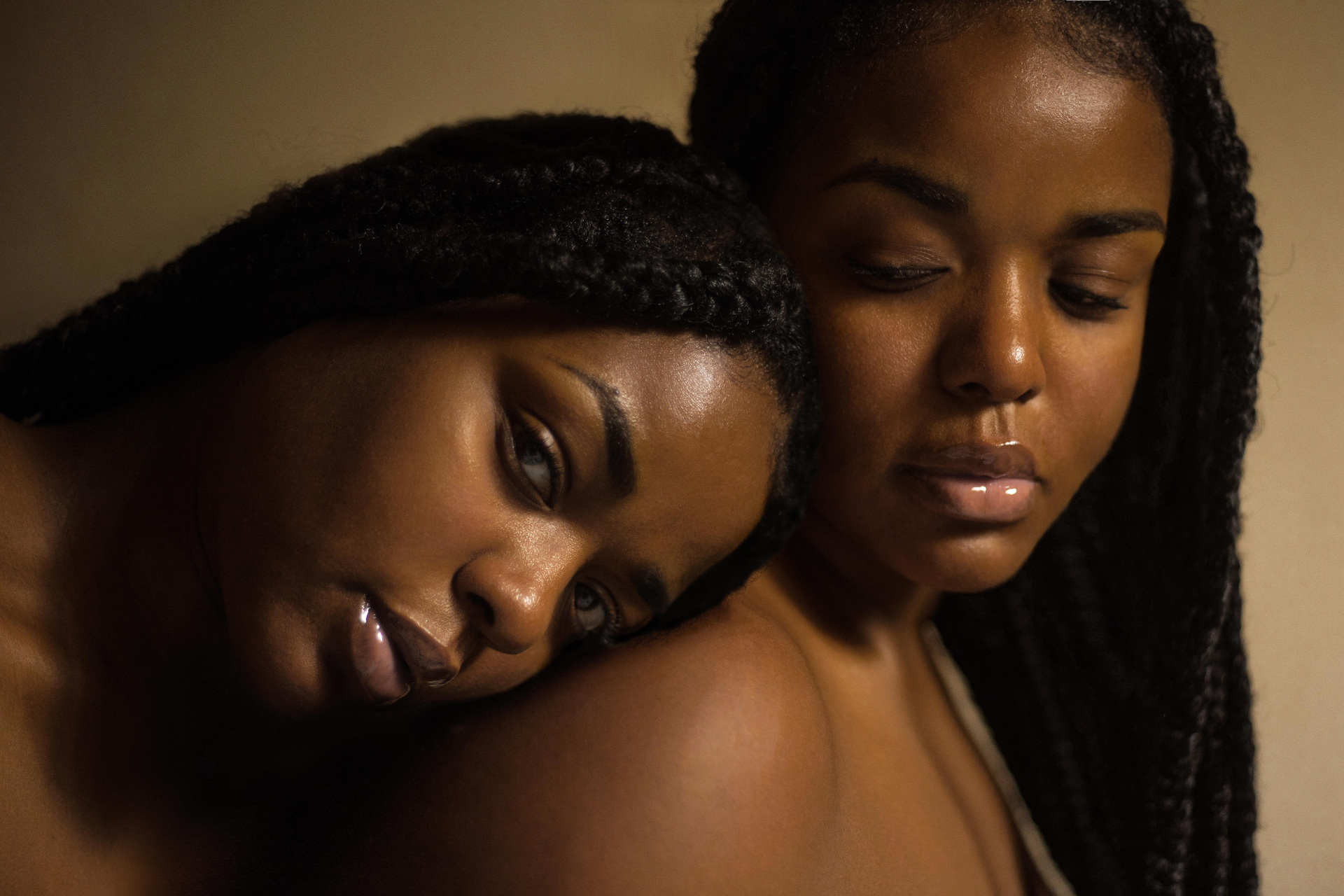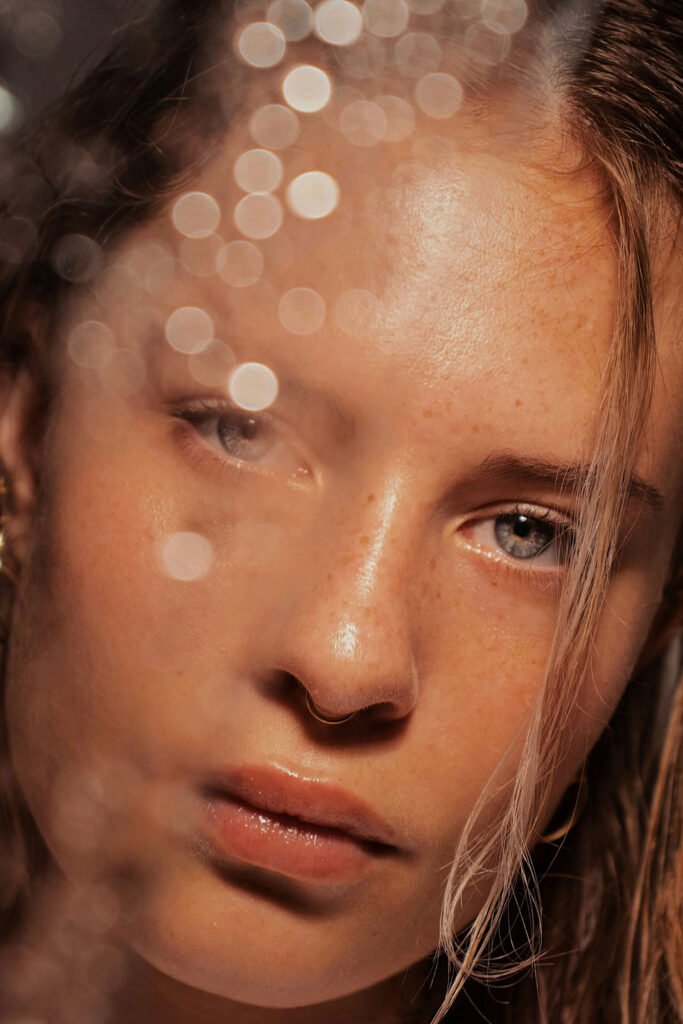As the beauty industry shifts from anti-ageing to a “healthy ageing” approach, rejuvenating skincare is one of the biggest trends for 2024. But with the rise of preventative Botox and more young people undergoing beauty treatments in their 20s, there are concerns that these interventions may actually lead to premature aging. We spoke to award-winning beauty expert Dr Dean Robey about the fine line between rejuvenation and premature intervention.
What is rejuvenating skin care?
Rejuvenating skin care focuses on preventing signs of skin aging, such as inflammation, pigmentation, fine lines and wrinkles, before they appear, rather than treating them after they appear. This preventative strategy is popular among people in their 20s because it lays the foundation for healthy, glowing skin for decades to come. It involves a personalized skin care regimen and a holistic approach that includes plenty of hydration and a skin-friendly healthy diet, as well as protective measures like applying a broad-spectrum SPF daily.
What about preventative beauty treatments?
Alongside rejuvenating skincare, which focuses on taking care of your skin while you’re still young, preventative cosmetic treatments such as Botox and fillers are also growing in popularity. Dr. Dean Robey of Sloan Clinic says, “Cosmetic procedures have skyrocketed in popularity, especially among people under 30. Over the past decade, the availability and variety of these procedures has increased exponentially. Options range from minimally invasive treatments such as Botox™, fillers, and platelet-rich plasma/fibrin (PRP/PRF) to cosmetic procedures such as rhinoplasty, liposuction, fat transfer, facelifts, and cheek fat removal. According to the American Society of Plastic Surgeons, Botox is the most widely used cosmetic treatment for facial contouring … surgeonIn the past five years, there has been a more than 20% increase in cosmetic procedures performed on patients between the ages of 20 and 29. This increase is largely due to societal pressure to maintain a youthful and perfect appearance, fueled by social media and celebrity culture.
Do these anti-aging procedures actually accelerate aging?
Worryingly, yes. “While cosmetic procedures offer instant gratification, they can interfere with the natural ageing process,” says Dr. Dean. “Skin, muscle and underlying tissues are designed to age naturally over time. Aggressive or inappropriate cosmetic interventions aimed at reducing the visible signs of aging may paradoxically accelerate age-related changes.”
Two of the most popular “anti-aging” treatments are Botox and fillers, and Dr. Robaie says that while both are utilized in the pursuit of youthful beauty, they can actually both have the opposite effect.
Filler
“Fillers, typically made from hyaluronic acid (HA), are used to restore volume, contour facial features, and smooth out wrinkles,” says Dr. Robey. “When administered by a medical professional and for the right indications, HA fillers produce long-lasting, natural-looking results. However, incorrect use of fillers can lead to: Overinjection of hyaluronic acid fillers has become nearly epidemic, especially among millennial and Gen Z patients…Overinjection of hyaluronic acid fillers can stretch the skin and soft tissues and disrupt lymphatic drainage, causing fluid retention, an edematous (puffy) appearance, and premature sagging, especially in patients who have had the excess filler removed after many years.’
Botox
“Botulinum toxins (such as BOTOX™ and Azzalure™) temporarily reduce the facial muscle contractions that cause dynamic and static wrinkles, resulting in a smoother, more youthful appearance. “When used correctly, it can be effective,” Dr. Dean explains, “but when used incorrectly and in excessive amounts and chronically, it can lead to muscle atrophy, weakening of supporting structures, and thinning of the skin, resulting in the appearance of an older appearance, including inconsistent wrinkles and more prominent facial veins.”

(c) Jessica Felicio on Unsplash
What about skin care?
Early invasive and non-invasive cosmetic treatments may have side effects, but what about skincare? Using harsh skincare too early can also be problematic. “The skin barrier is essential to protect the skin from environmental damage and retain moisture,” says Dr. Dean. “Frequent chemical peels and chronic use of high concentrations of retinoids and harsh acids can strip the outer layer of the skin and disrupt the lipid matrix, leading to increased transepidermal water loss (TEWL) and sensitivity to UV rays and pollutants. This promotes dryness, inflammation, and the formation of fine lines and wrinkles.”
So how do you properly administer rejuvenating skin care?
Proactive, protective skin care means keeping your skin healthy and radiant with treatments and techniques appropriate for your age and skin type. Your 20s are the quintessential “rejuvenation period,” which means avoiding overtreatment with harsh skin care products and only utilizing cosmetic procedures under the guidance of a qualified professional. Investing in a good, everyday broad-spectrum SPF, avoiding overexposure to the sun and areas with high air pollution, and perfecting a daily cleansing and moisturizing routine are a great start. “Patients should seek expert guidance and intervene thoughtfully, prioritizing long-term skin health over short-term gains,” advises Dr. Dean.

